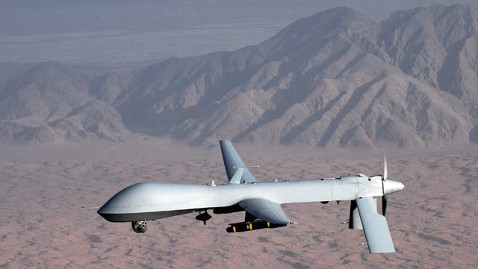GEOENGINEERING is being tested - albeit inadvertently - in the north Pacific. Soot from oil-burning ships is dumping about 1000 tonnes of soluble iron per year across 6 million square kilometres of ocean, new research has revealed.
Fertilising the world's oceans with iron has been controversially proposed as a way of sucking carbon dioxide out of the atmosphere to curb global warming. Some geoengineers claim releasing iron into the sea will stimulate plankton blooms, which absorb carbon, but ocean processes are complex and difficult to monitor in tests.
"Experiments suggest you change the population of algae, causing a shift from fish-dominated to jellyfish-dominated ecosystems," says Alex Baker of the University of East Anglia, UK. Such concerns led the UN Convention on Biological Diversity (CBD) to impose a moratorium on geoengineering experiments in 2010.
The annual ship deposition is much larger, if less concentrated, than the iron released in field tests carried out before the moratorium was in place. Yet because ship emissions are not intended to alter ocean chemistry, they do not violate the moratorium, says Jim Thomas of the ETC Group, a think tank that consults for the CBD. "If you intentionally drove oil-burning ships back and forth as a geoengineering experiment, that would contravene it."
The new study, by Akinori Ito of the Japan Agency for Marine-Earth Science and Technology, is the first to quantify how shipping deposits iron in parts of the ocean normally deficient in it. Earlier models had assumed that only 1 to 2 per cent of the iron contained in aerosols, including shipping emissions, is soluble in seawater, so the remaining 98 to 99 percent would sink to the bottom without affecting ocean life. But Ito found that up to 80 per cent of the iron in shipping soot is soluble (Global Biogeochemical Cycles, doi.org/kdj). As this soot rapidly falls to the sea surface, it is likely to be fertilising the oceans.
In the high-latitude north Pacific - a region that is naturally iron-poor and therefore likely to be most affected by human deposits - ship emissions now account for 70 per cent of soluble iron from human activity, with the burning of biomass and coal accounting for the rest. Shipping's share will rise as traffic continues to grow and regulations restrict coal and biomass emissions.
Can we learn anything from this unintentional experiment? Baker thinks not. "The process isn't scientifically useful," he says, because the uncontrolled nature of the iron makes it difficult to draw meaningful comparisons.
The depositions are unlikely to be harmful at current levels, he says, but "given the uncertainties, I just don't know how much these iron emissions would have to increase before there was demonstrable harm to an ecosystem, or benefit in terms of carbon uptake, for that matter".
This article appeared in print under the headline "Ships inadvertently fertilise the oceans"
If you would like to reuse any content from New Scientist, either in print or online, please contact the syndication department first for permission. New Scientist does not own rights to photos, but there are a variety of licensing options available for use of articles and graphics we own the copyright to.
All comments should respect the New Scientist House Rules. If you think a particular comment breaks these rules then please use the "Report" link in that comment to report it to us.
If you are having a technical problem posting a comment, please contact technical support.
























